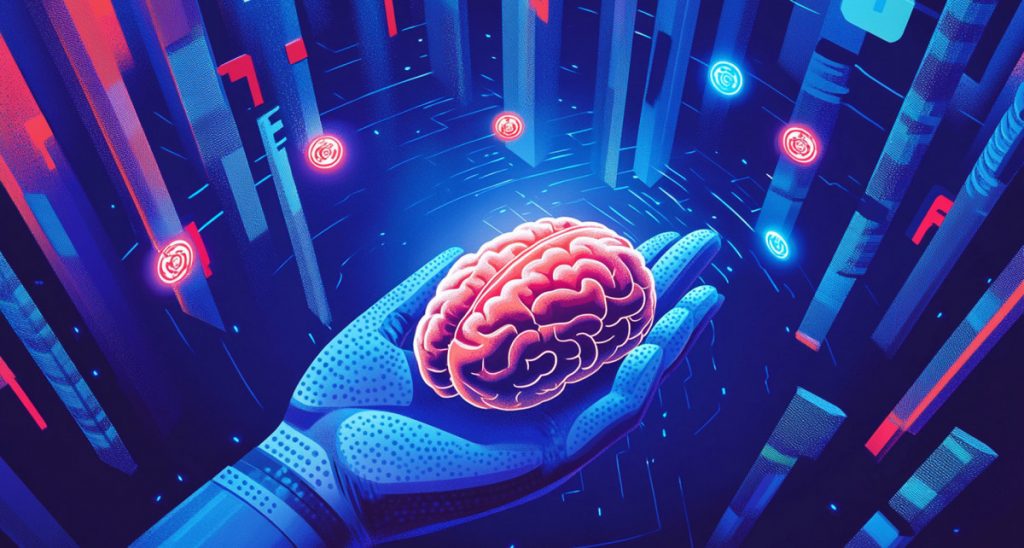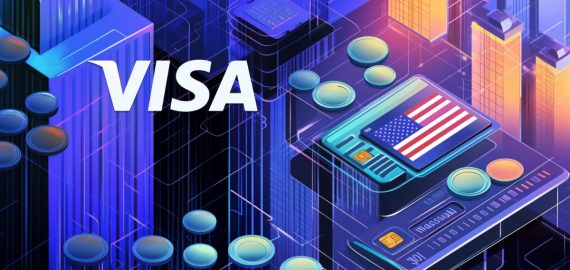Free Users Get Memory In ChatGPT: Here’s What Changes


In Brief
OpenAI began rolling out memory features for free users of ChatGPT. This update introduces the ability for ChatGPT to remember information across sessions, providing more relevant, context-aware responses.

OpenAI (the developer behind the GPT series of AI language models) officially activated memory for ChatGPT (their conversational AI assistant), expanding the feature to Free users. Previously, only users of Plus and Pro subscription tiers could use memory, a feature that helps ChatGPT recall facts and preferences across separate chats. From now on, every logged-in Free user will receive short-term continuity, making interactions feel more cohesive and tailored.
This marks a major shift: memory is no longer a luxury hidden behind a paywall — it is becoming part of everyday chat experiences for everyone. The update gives ChatGPT the ability to remember your name, diet preferences, project context, and more, leading to smarter, more relevant responses. Whether you’re working on a small business proposal or asking for recipe ideas, memory enhances usability without requiring a subscription.
The rollout is global, though in certain regions like the EEA (EU + UK), Switzerland, Norway, Iceland, and Liechtenstein, users may need to give permission before memory features are activated. Elsewhere, the update rolls out by default for all free users unless they choose to turn it off.
A Deeper Look: How Memory Now Works for Free Users
Memory is essentially ChatGPT’s ability to retain and reuse helpful context across chats. It comes in two main forms:
- Saved Memories: These are details you directly ask ChatGPT to remember. For example, “Remember that I live in Berlin” or “Remember I don’t eat dairy.”
- Reference Chat History: This allows ChatGPT to pick up subtle details from recent chats — like that you’re a developer or prefer shorter answers — and apply them without you needing to ask again.
Now, Free users can benefit from both, but with lighter scope than Plus and Pro users. Free-tier memory mostly revolves around short-term continuity — retaining key points from recent conversations to provide more coherent replies next time you engage.
Users in the EEA (EU + UK), Switzerland, Norway, Iceland, or Liechtenstein will be asked to enable this manually via Settings > Personalization > Memory. Elsewhere, memory is on by default unless disabled manually.
From One-Time Helper to Ongoing Assistant
This change redefines how Free users interact with ChatGPT. No longer a disposable chatbot that resets with every window, it’s now capable of providing:
- Continuity: When you return after a break, ChatGPT recalls what you discussed earlier;
- Contextual accuracy: If you told ChatGPT you were vegetarian, it will factor that in when suggesting dinner recipes — no reminder needed;
- Efficiency: Less time repeating yourself. More time getting value.
Importantly, you’re always in control. Users can delete specific memories, disable memory altogether, or use Temporary Chat to ensure a conversation doesn’t get remembered at all.
“You can ask ChatGPT: ‘What do you remember about me?’ and get a real-time snapshot of its active memory,” OpenAI explains in its Memory FAQ.
What Makes This So Significant?
By unlocking memory for all users, OpenAI effectively levels the field — allowing anyone, regardless of subscription status, to enjoy personalized AI experiences. Here’s why this matters:
- More natural interactions: Conversations feel less robotic and more human when the AI remembers who you are;
- Usability boost: Memory helps ChatGPT work like an assistant, not a blank-slate tool;
- Accessibility for all: You no longer need to pay to have deeper engagement.
Even more, this prepares the model for broader use cases: journaling, coaching, writing assistance, and even mental health support — where memory adds depth and relevance.
Control and Privacy Remain Core
Despite these powerful updates, OpenAI has emphasized that memory is optional and transparent:
- You control what’s remembered: Nothing is saved without permission in sensitive regions, and manual deletion is always possible;
- Temporary Chat Mode exists for full privacy: No history, no memory updates — just a single-use session;
- Saved Memories can be viewed and deleted at any time.
To manage memory: Go to Settings > Personalization > Memory and toggle “Reference chat history” or “Saved memories.”
Useful Prompts to Explore Memory
With this new memory feature now active, you can test the personalization features more meaningfully. Here are several real-world prompts to try:
- “Based on our past conversations, what are my common mental blocks, and how can I work through them?”;
- “Remember that I’m vegetarian and allergic to soy.” (Then later: “Recommend me a dinner idea.”);
- “I’m a small business owner, remind me weekly about tracking inventory.”
- “What do you remember about my goals from earlier this month?”
- “Help me reflect on patterns in my mood over our last 3 chats.”
As the model develops deeper understanding over time, these prompts become even more effective.
Why This Is a Turning Point for OpenAI?
This update is more than a product tweak — it represents a philosophical shift in how AI is delivered. In its latest product update, OpenAI wrote:
“The more you use ChatGPT, the more useful it becomes. You’ll start to notice improvements over time as it builds a better understanding of what works best for you.”
By rolling memory out to the Free tier, OpenAI sends a clear message: smart AI should be personal — and universally available.
This also lays the foundation for even more intelligent agents in the future. Imagine AI tools that know your goals, support your routines, and adapt to your evolving needs — all while keeping you in charge.
A Personalized Future for All
This memory upgrade transforms the Free‑tier experience, bringing ChatGPT closer to a true assistant rather than just a helpful chatbot. Free users now enjoy continuity, context, and personalization—features that were previously limited to the Plus plan. But this is only the beginning.
With each iteration, ChatGPT becomes less of a tool and more of a thinking partner. As memory deepens and multimodal support expands, users can build workflows and retain context across sessions, platforms, and even device types.
OpenAI explains the upgrade as follows:
“In addition to the saved memories that were there before, ChatGPT now references your recent conversations to deliver responses that feel more relevant and tailored to you.”
This shift is already being noticed in the real world. Rahul Mathur (Pre-Seed Investor at DeVC Global and former founder of Verak Insurance, acquired by IDfy) recently shared how his non-tech-savvy mom uses ChatGPT to plan her travel::
This is the direction in which AI is developing: smarter answers and context-aware assistance that feels human, helpful and personalised – even for users who do not consider themselves to be “tech people”.
Memory is an essential component for achieving truly humanised, embedded AI experiences.
Disclaimer
In line with the Trust Project guidelines, please note that the information provided on this page is not intended to be and should not be interpreted as legal, tax, investment, financial, or any other form of advice. It is important to only invest what you can afford to lose and to seek independent financial advice if you have any doubts. For further information, we suggest referring to the terms and conditions as well as the help and support pages provided by the issuer or advertiser. MetaversePost is committed to accurate, unbiased reporting, but market conditions are subject to change without notice.
About The Author
Alisa, a dedicated journalist at the MPost, specializes in cryptocurrency, zero-knowledge proofs, investments, and the expansive realm of Web3. With a keen eye for emerging trends and technologies, she delivers comprehensive coverage to inform and engage readers in the ever-evolving landscape of digital finance.
More articles

Alisa, a dedicated journalist at the MPost, specializes in cryptocurrency, zero-knowledge proofs, investments, and the expansive realm of Web3. With a keen eye for emerging trends and technologies, she delivers comprehensive coverage to inform and engage readers in the ever-evolving landscape of digital finance.


















































